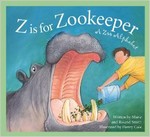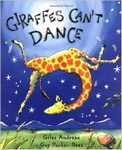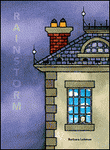The arrival of a new baby is an exciting and often a somewhat chaotic time. Schedules are turned upside down as the new member of the family makes his or her needs known to all, and yet, of course, the baby is treasured and loved. Today's poetry title is a celebration of that new family member and most of the poems are told through the eyes of infants.
Who’s that baby: New-Baby Songs
David Diaz
Poetry Picture Book
For infants to age 5
HarperCollins, 2005, 978-0811852319
When a new baby arrives in a household, parents are
usually overwhelmed with joy and confusion. There is so much to learn about how
to care for the baby - this little person who seemingly came out of nowhere to
fill their lives with so many experiences and emotions.
In this very
special picture book Sharon Creech celebrates the arrival of a new baby. Her
poems are so musical and lyrical that when they are read they are like a
lullaby, a song just for a baby to listen to.
Most of the
poems are told from the point of view of the baby, which is charming and
unusual. We hear from a little girl baby who is a “pearly girl / a bella, bella
pearl am I.” Of course, we also hear from “a little boy / so full of joy.”
One little baby
tells us about how it is bundled up like a “baby burrito,” and another tells us
about the way in which his father tosses him in the air as if he were a
football. Yet another new arrival tells
us about its grandmothers, two big ladies who look at the baby “smiling their
great big smiles.” We also meet a father who plays music for his infant “’cause
he loves me,” and a mother who is warm, has “soft skin, “bright eyes,” and a
“sweet smile.” The baby tells us how much it loves to be held close so that it
can hear its mother’s “beat-beat heart.”
This is
the kind of poetry book that grownups will love to share with the new baby in
their life. It was certainly written for babies and toddlers but it also feels
as if was written for the grownups as well.

































